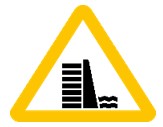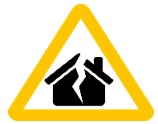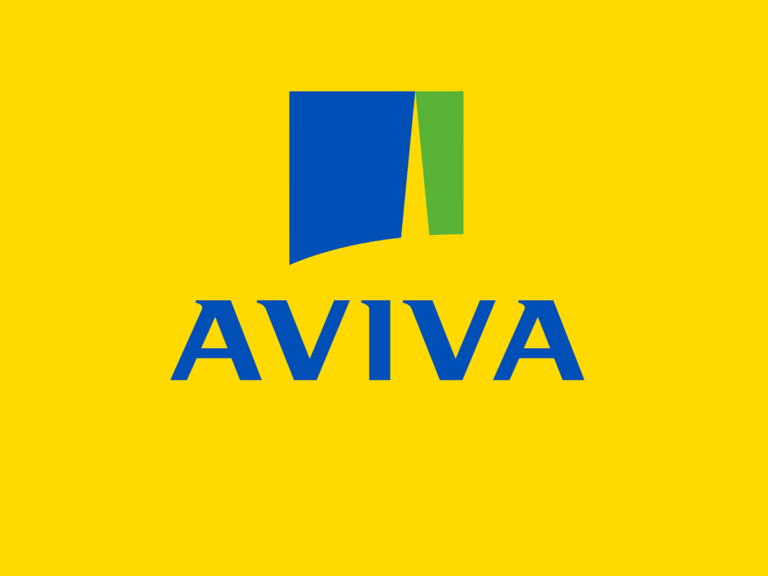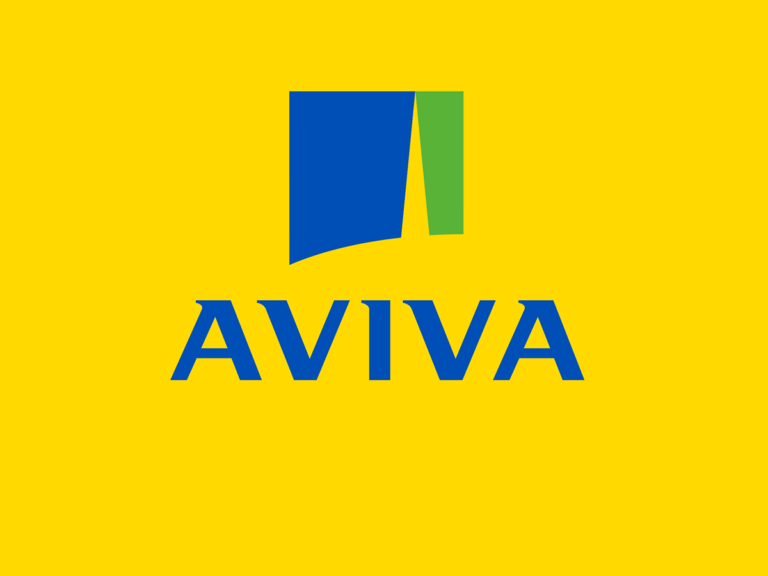Title Page
-
Site conducted
-
Conducted on
-
Prepared by
-
Location
Risk Category Standard - Working Around Liquid Bodies
Responsibilities
-
Who is the Risk Owner of this risk category?
-
Who is the Control Owner of the risk category?
-
Who is the Risk Executer of this risk category?
-
Who is the Task Executers of this risk category?
Competencies
-
Is the Risk Owner trained and competent to manage this risk category?
-
Is the Risk Control Owner trained and competent to manage this risk category?
-
Are the Risk Exacters trained and competent to manage this risk category?
-
Are the Task Executers trained and competent to manage this risk category?
Appointments
-
Is the Risk Owner appointed to conduct his/her duties? (WAH Planner, risk assessor.....)
-
Is the Risk Control Owner appointed to conduct his/her duties? (WAH Planner, risk assessor.....)
Risk Management Requirements
-
Enable and conduct the respective risk assessments for the task (IBRA, PTRA) to specify the risks and precautions to be in place for the task
-
Ensure a rescue plan are in place and adhered to.
-
Adhere to legal legislation and in-country standards with regards<br>to liquid bodies.
-
Ensure the standard operating procedure is in place where<br>applicable, kept updated and workers are trained on it.
-
Issue a Permit to Work before work commences where required.
-
Train and authorise permit issuers and acceptors to be competent for the work.
-
Refer to the Structural integrity, Working at heights, Confined<br>space and/or High-risk machinery risk category standards if the<br>work includes anything relevant to these risks.
Minimum Critical Controls
-
Ensure adequate barriers, grating and other forms of access control is installed.
-
Only use the provided access points when<br>approaching water or liquid bodies.
-
Apply specialised PPE and rescue systems as<br>per risk assessment, Permit to Work or standard<br>operating procedures.
-
Conduct emergency response as per risk assessment, Permit to Work or standard operating procedures.
Barriers, Grating or Other Forms of Access Control
-
Ensure suitable physical barriers, grating, railings, fencing, gates, no-access walkways or guards, alarms or detection systems are in place and maintained to prevent direct access to the water or liquid body.
-
Where samples must be taken, use the appropriate measures such as a long pole for grab samples or by use of small openings or windows on grating, do not remove the whole grating.
-
Removal of any physical barriers such as gratings, doors, access routes or barriers will require a Permit to Work.
-
Do not use any barricades or barriers as anchor, standing, climbing or stabilisation points.
-
Do not breach any barriers unless specifically authorised and a Pre-Task Risk Assessment has been completed.
-
When barriers need to be removed, proper signage as well as demarcation must<br>be in place.
-
A buddy system must be in place when working around liquid bodies.
-
This person/s: shall maintain constant communication and line of sight (where possible) of the task executer.
-
This person/s: must be able to signal an evacuation and/or initiate an emergency response if needed.
-
This person/s: must have some “life-saving” devices readily available (e.g. life-jacket and/or tube)
Use Provided Access Points
-
Non-operating personnel must report to the access control point (ACP) and obtain permission to enter.
-
Do not venture into other areas that you have not specifically been authorised for.
-
Adhere to all applicable site access rules and ensure conformance with all the site requirements (e.g. induction, permits, cards, tags, PPE).
-
All access or walkways must be constructed and maintained in such a manner to<br>avoid collapsing while under load.
-
Place a “No unauthorised entry sign” at the entrance to the access or walkways.
-
Never walk together on the same access or walkways as greater loads are imposed.
-
There should always be a time gap of a few seconds between persons on the access or walkways.












